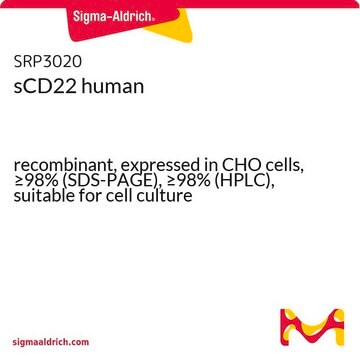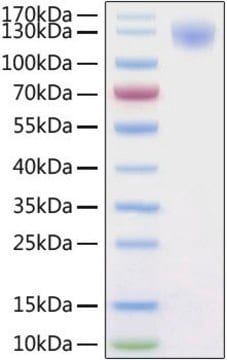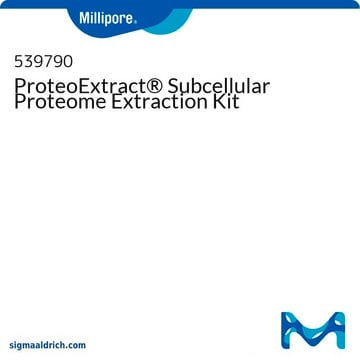For culturing, it is recommended to ue 1 mg/ml Geneticin (G418; Sigma 345810) as the selection antibiotic and concentration.
The Ova expression in the B16-OVA cell line is related to the presentation of the OVA peptide, SIINFEKL, with its surface class I molecules.
The cell line was derived from C57BI/6 mice (H-2b haplotype) as B16, followed by transfection with the pAc-new-OVA plasmid.
The line was genetically modified for Ova expression through transfection with the pAc-new-OVA plasmid.









